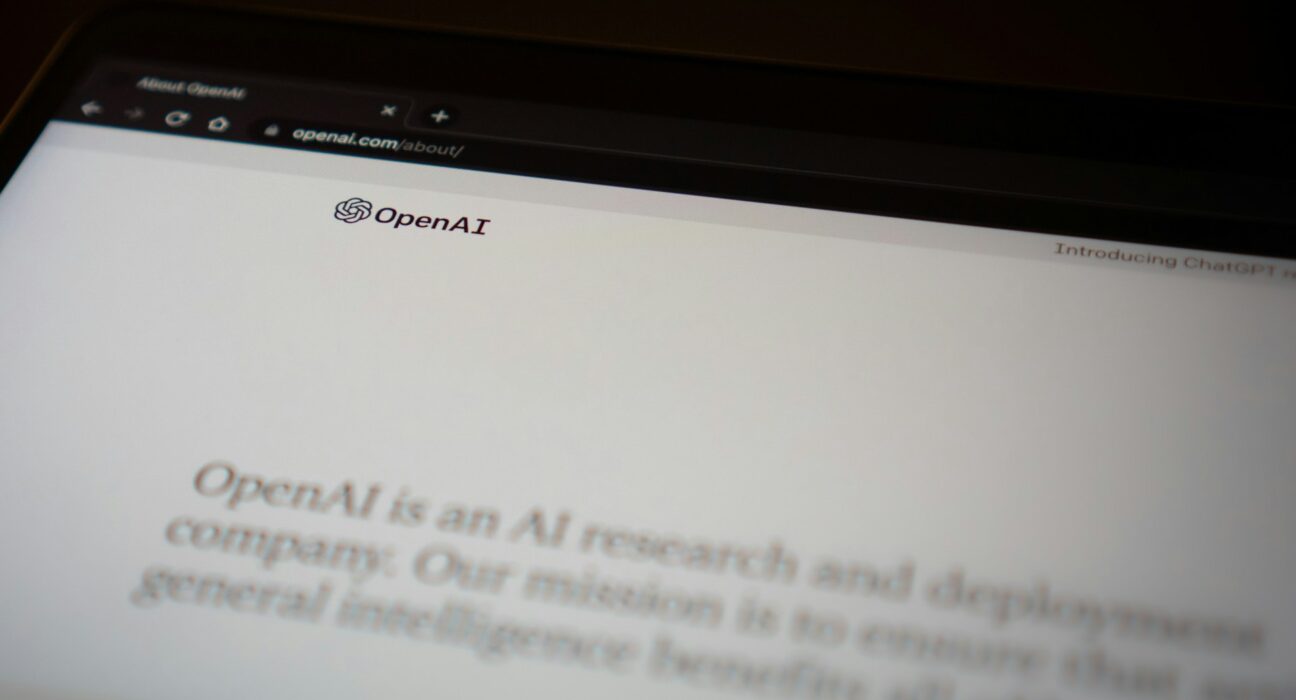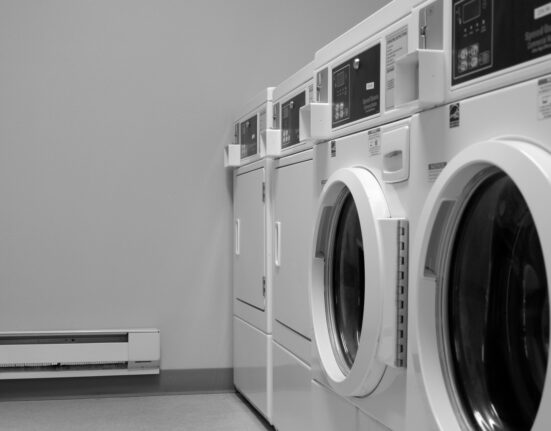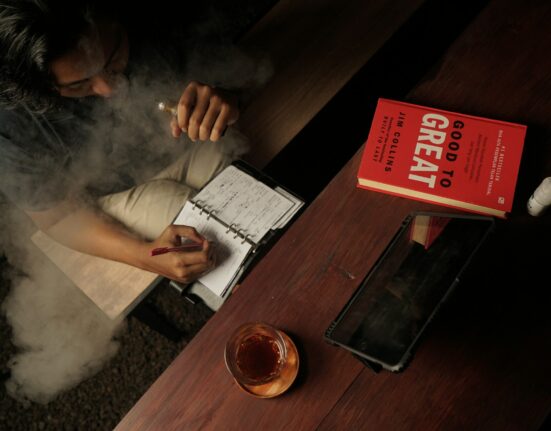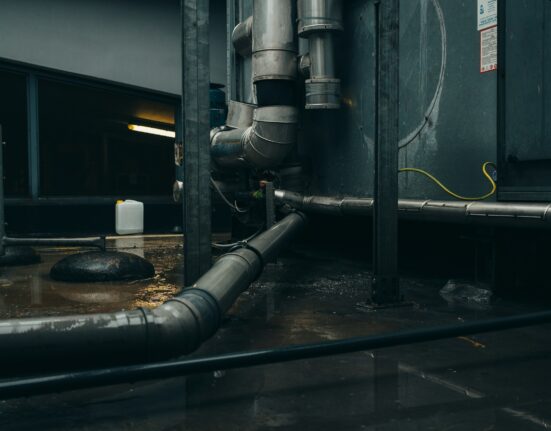As technology continues to advance, the boundaries between human creativity and artificial intelligence (AI) are becoming increasingly intertwined. The once clear-cut distinction between human ingenuity and machine efficiency is now a dynamic interplay that is revolutionizing various industries, especially for digital marketers and creative professionals. This blog post delves into the intersection of AI and creativity, exploring how technology is shaping innovation and art in unprecedented ways.
Understanding AI and Its Capabilities
Before diving into the creative aspects, it’s essential to understand what AI is and what it can do. AI refers to the simulation of human intelligence in machines that are programmed to think and learn. These systems can perform tasks that typically require human intelligence, such as recognizing speech, making decisions, and identifying patterns.
Key AI Technologies:
- Machine Learning (ML): Algorithms that enable systems to learn and improve from experience.
- Natural Language Processing (NLP): Technology that allows machines to understand and interpret human language.
- Computer Vision: The ability of machines to interpret and make decisions based on visual data.
- Generative Adversarial Networks (GANs): A class of machine learning frameworks designed to generate new data that resembles existing data.
The Role of AI in Creativity
AI’s role in creativity is multifaceted, encompassing everything from content generation to enhancing artistic processes. Here’s how:
Content Creation
For digital marketers, AI tools like Jasper, Grammarly, and Copysmith are game-changers. These platforms leverage NLP to generate high-quality content, suggest edits, and even optimize for SEO, making content creation faster and more efficient.
Visual Arts
In the realm of visual arts, AI can assist in producing artwork, editing photos, and creating digital animations. Tools like DeepArt and Artisto use AI to transform photos into art styles inspired by famous painters.
Music and Sound
AI is also making waves in the music industry. Platforms like Amper Music and Aiva can compose original music tracks, providing a valuable resource for creators needing background scores, jingles, or full-fledged compositions.
Marketing and Advertising
AI-driven tools analyze large data sets to identify trends, predict customer behavior, and personalize marketing campaigns. This data-driven approach allows marketers to craft highly targeted and effective campaigns.
Bridging the Gap Between Technology and Human Creativity
While AI offers numerous benefits, the question remains: can machines truly be creative? Creativity involves not just producing new ideas but also emotions, experiences, and cultural contexts areas where humans have a distinctive edge. However, AI can act as an enabler, augmenting human creativity rather than replacing it.
Collaboration Over Competition
The most successful integrations of AI and creativity occur when technology complements human skills. For example, digital marketers can use AI to handle data analysis and automated tasks, freeing up time to focus on strategy and innovation.
Enhancing Artistic Processes
For creative professionals, AI can serve as a tool that enhances the creative process. Artists might use AI to explore new techniques or generate inspiration, while musicians could employ AI to experiment with different sounds and compositions.
Innovations at the Intersection of AI and Creativity
The blending of AI and creativity is leading to groundbreaking innovations across various fields. Here are a few notable examples:
AI-Generated Art Exhibitions
Museums and galleries are beginning to showcase AI-generated art, sparking conversations about the nature of creativity and the role of technology in art.
Personalized Customer Experiences
In marketing, AI-driven personalization is taking customer experiences to new heights. By analyzing user data, AI can create highly personalized content and recommendations, enhancing engagement and satisfaction.
Smart Design Tools
Graphic design tools powered by AI, such as Adobe Sensei, are making complex design processes more accessible. These tools offer features like automated photo editing, layout suggestions, and even logo creation, enabling designers to focus on creativity rather than technicalities.
The Future of AI and Creativity
As AI technology continues to evolve, its impact on creativity will only grow. Here are some potential future developments:
AI as a Creative Partner
We may see AI becoming a more integral creative partner, collaborating with humans to produce innovative works of art, music, and literature.
Democratization of Creativity
AI tools could democratize creativity, making it easier for people without formal training to express their ideas and produce high-quality creative work.
Ethical Considerations
As AI becomes more involved in creative processes, ethical considerations regarding authorship, ownership, and the potential for bias in AI-generated content will become increasingly important.
Conclusion: Embracing the Synergy of AI and Creativity
The intersection of AI and creativity is a fascinating frontier that holds immense potential for digital marketers and creative professionals. By embracing AI as a tool that augments human creativity, we can unlock new levels of innovation and artistic expression. As we navigate this evolving landscape, it’s crucial to strike a balance between leveraging technology and preserving the unique qualities that define human creativity.








Leave feedback about this